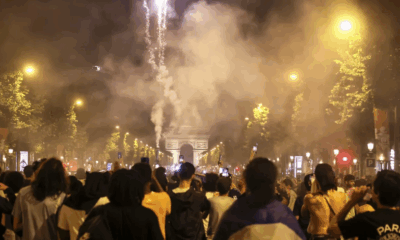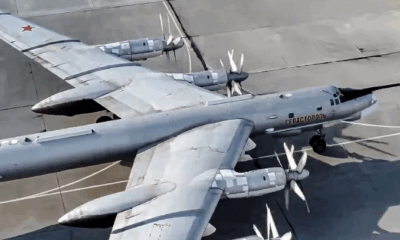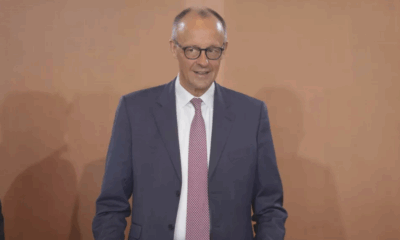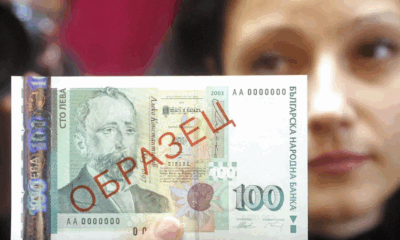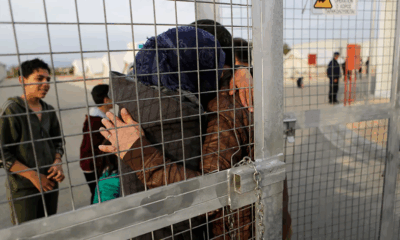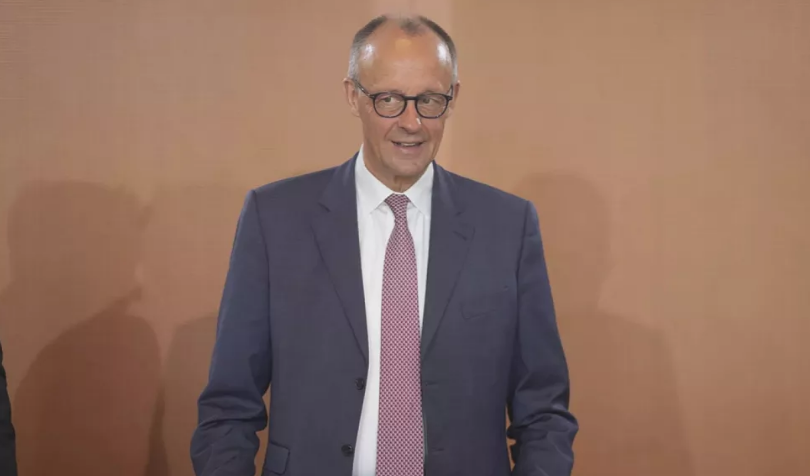News
Pope Francis Concludes Synod Without Defining Role of Women in the Church
Pope Francis concluded the month-long Synod of Bishops on Sunday, leaving significant issues unresolved concerning the role of women in the Roman Catholic Church. The synod’s final document, eagerly awaited by reform advocates, notably omitted discussion on key topics including female deacons, married priests, and the Church’s stance on LGBTQIA+ inclusion.
The absence of any substantial progress toward gender inclusivity within Church leadership left many disappointed, as expectations for reform had grown. Advocates had hoped the synod would address the possibility of ordaining female deacons, which some argue could help address the global priest shortage. Although deacons do not lead Mass, they carry out many other essential sacramental duties, including performing baptisms, officiating at weddings, and conducting funerals. Traditionally, however, the diaconate has remained exclusively male.
“The time is not ripe,” said Cardinal Victor Manuel Fernández, the Vatican’s top doctrinal official, during the assembly attended by 368 bishops and lay participants. His statement reinforced the Vatican’s cautious stance, though it left many wondering when—if ever—the Church might consider further discussion on the inclusion of women in the diaconate or other roles.
In a surprising decision, Pope Francis opted not to publish the full document produced by the synod, choosing instead to keep certain discussions confidential and leaving the issue of women’s roles in the Church somewhat open-ended. This move has fostered speculation about the Vatican’s long-term stance on gender inclusivity and frustrated those hoping for a more transparent response.
Patrizia Morgante, president of the Women for the Church Association, expressed dismay at the synod’s outcome. “We hear so many promises, yet see little meaningful progress,” she said. “I’m tired of hearing that women are the ‘heart’ of the Church. These are empty consolations we don’t need.” Morgante’s comments reflect a growing sentiment among many Catholic women who feel their contributions are undervalued, leading to a perception that they are “second-class” believers within the Church.
Morgante called for a more substantial shift in the Church’s approach toward women, emphasizing the need for respect and genuine dialogue. “We want to be respected as individuals, not as functions,” she said. “We want to discuss our experiences and have genuine dialogue in an equal relationship with men, whether consecrated or lay.”
The Pope’s efforts to create a Church that “listens” are apparent, yet the ambiguity regarding “maturity” for expanded roles of women within the Church remains a point of contention. For many reform-minded Catholics, the synod’s conclusion represents a missed opportunity to take definitive steps toward gender equity in the Church’s hierarchy and governance.
As the Catholic Church continues to face pressures for inclusivity and adaptation, this synod will likely remain a focal point in discussions on the future of women’s roles within the Church. The Vatican has yet to provide a clear timeline or criteria for addressing these issues, leaving advocates for reform to press forward as they await more decisive action from Church leadership.
News
Two Dead, Nearly 200 Injured as PSG Title Celebrations Turn Violent Across France

What began as jubilant celebrations of Paris Saint-Germain’s historic UEFA Champions League victory ended in violence and tragedy in parts of France, with two people killed and nearly 200 injured during street festivities that spiraled out of control.
Authorities confirmed on Sunday that a 17-year-old boy was fatally stabbed in the southwestern town of Dax during a PSG street gathering, while in Paris, a man died after his scooter was struck by a car amid the crowded celebrations. Both incidents are currently under investigation.
The unrest followed PSG’s dramatic win in Munich, where the club secured its first-ever Champions League title, marking a milestone in French football history. While fans across the country took to the streets to celebrate, several areas descended into violence.
According to the French Interior Ministry, a total of 294 people were arrested nationwide as of 2 a.m. Sunday. Of the nearly 200 injured, 21 were police officers—18 of them in Paris alone. One officer remains in a medically induced coma after being struck in the face by a firework.
Interior Minister Bruno Retailleau condemned the violence in a statement on social media. “True PSG fans are celebrating a magnificent achievement. Meanwhile, barbarians have taken to the streets to commit crimes and provoke law enforcement,” he said. “It is unacceptable that people cannot celebrate without being endangered by a violent minority.”
Despite the unrest, the majority of gatherings were peaceful, authorities noted, with large crowds celebrating the historic win in cities including Marseille, Lyon, and Lille.
The PSG squad returned to Paris from Munich on Sunday afternoon aboard a Qatar Airways charter flight, arriving at 4 p.m. The team is expected to continue celebrations in the capital with tens of thousands of fans, under heightened security measures.
The violent turn of events has reignited debate in France over crowd control during major sporting celebrations, and how best to ensure public safety without dampening national enthusiasm.
PSG’s Champions League triumph marks a defining moment for the club, which has long pursued European glory. As the team prepares for a hero’s welcome, officials are urging fans to celebrate responsibly and respect public safety.
News
Ukraine Launches Major Drone Assault on Russian Airfields, Hits Over 40 Strategic Bombers

Ukraine’s Security Service (SBU) has claimed responsibility for a large-scale drone strike on four Russian air bases over the weekend, targeting dozens of strategic bombers across vast swaths of Russian territory — from Siberia to the Arctic.
According to Ukrainian officials, the operation, codenamed “Spiderweb” (Pavutyna), was launched on June 1 and struck 41 long-range bombers stationed at airfields in Russia’s Ryazan, Ivanovo, Irkutsk, and Murmansk regions. The attack is being hailed by Kyiv as one of its most ambitious and far-reaching strikes since the beginning of Russia’s full-scale invasion.
“Enemy strategic bombers are burning en masse in Russia,” a senior SBU official said, noting that the operation was specifically designed to cripple Moscow’s airstrike capabilities. “This is a large-scale special operation aimed at destroying enemy bomber aircraft.”
The four airfields targeted were Dyagilevo in the Ryazan region, Ivanovo in central Russia, Belaya air base in Irkutsk — over 4,000 kilometers from the front lines — and Olenya air base on the Kola Peninsula near the Arctic, roughly 2,000 kilometers from Ukraine’s border.
Ukrainian officials described the complex logistics of the operation, which involved covertly transporting drones deep into Russian territory, hiding them until the time of launch, and remotely executing the strikes. While specific details remain classified, Ukraine previously revealed it had developed drones with a flight range of up to 3,000 kilometers, enabling long-range operations like this.
Satellite imagery analyzed after the attack shows the presence of several high-value Russian aircraft types at the affected bases, including the Tu-95, Tu-22M3, Tu-160, and A-50 radar planes. These aircraft have been central to Russia’s long-range missile campaign against Ukraine.
The Tu-22M3, for example, is capable of carrying Kh-22 and Kh-32 cruise missiles at speeds exceeding Mach 4. The Tu-95, a Cold War-era bomber once designed to carry nuclear weapons, has been retrofitted to launch conventional cruise missiles. The A-50 aircraft provides airborne radar surveillance and target coordination for Russian forces.
The scale of the strike underscores Ukraine’s growing long-range capabilities and signals a shift in Kyiv’s strategy to disrupt Russian air operations at their source. President Volodymyr Zelenskyy said he had held meetings with the Ministries of Defense and Foreign Affairs, along with the General Staff and SBU, to coordinate further defense and counter-offensive planning.
There has been no immediate official response from Moscow regarding the extent of damage caused.
News
German Chancellor Merz to Meet President Trump in Washington Amid Global Tensions
-
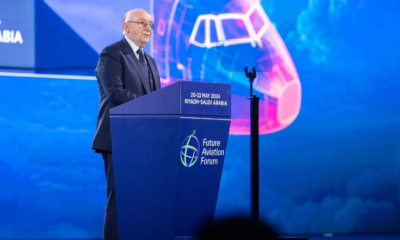
 Business1 year ago
Business1 year agoSaudi Arabia’s Model for Sustainable Aviation Practices
-

 Business1 year ago
Business1 year agoRecent Developments in Small Business Taxes
-
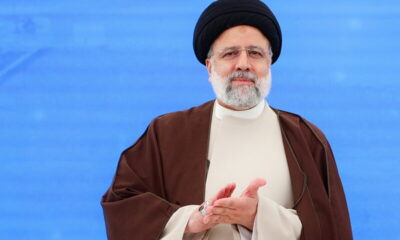
 Politics1 year ago
Politics1 year agoWho was Ebrahim Raisi and his status in Iranian Politics?
-

 Business11 months ago
Business11 months agoCarrectly: Revolutionizing Car Care in Chicago
-

 Business11 months ago
Business11 months agoSaudi Arabia: Foreign Direct Investment Rises by 5.6% in Q1
-

 Technology1 year ago
Technology1 year agoComparing Apple Vision Pro and Meta Quest 3
-
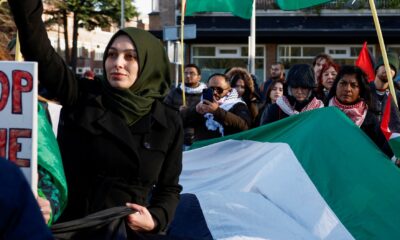
 Politics1 year ago
Politics1 year agoIndonesia and Malaysia Call for Israel’s Compliance with ICJ Ruling on Gaza Offensive
-
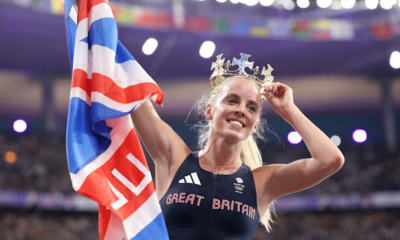
 Sports10 months ago
Sports10 months agoKeely Hodgkinson Wins Britain’s First Athletics Gold at Paris Olympics in 800m

